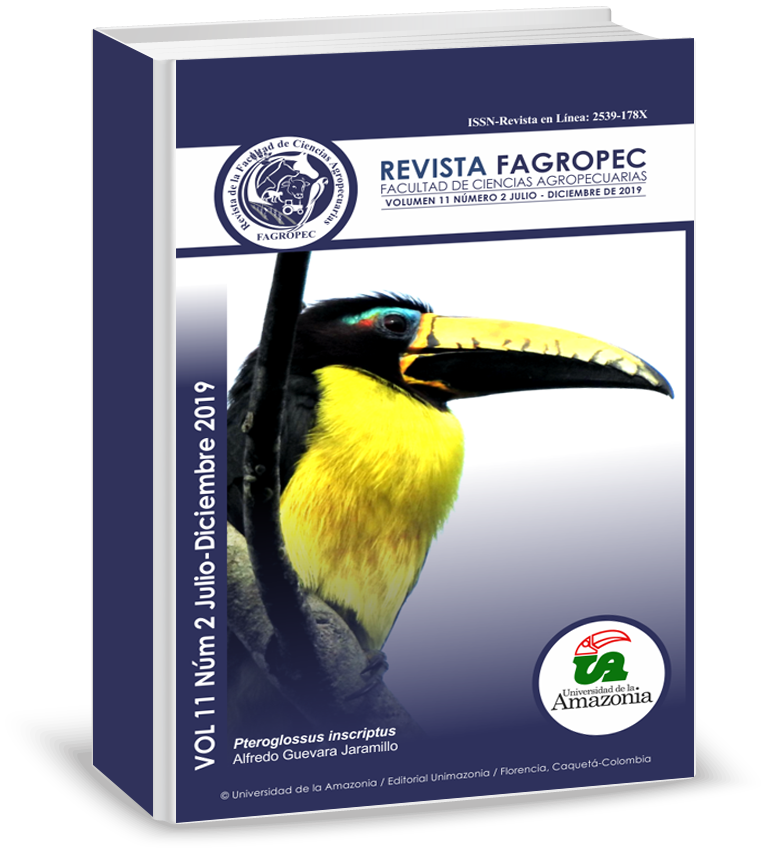Implementation and evaluation of a silvopastoral system in the Colombian biogeographic Chocó
DOI:
https://doi.org/10.47847/fagropec.v11n2a6Keywords:
eatable biomass, bromatologic, Chocó biogeographic, natural assisted regeneration, secondary metabolites.Abstract
Was implemented a multi-layer Silvopastoral system (mlSPS) in an area of Tropical humid forest in the municipality of Tumaco, Department of Nariño, to measure its impact on the diversity of flora in livestock systems, the edaphic mesofauna, and the production and quality of the food supply compared to conventional system (CS), based grass monoculture. In addition, a characterization of the natural regeneration process was performed in the silvopastoral system, through horizontal structure analysis, abundance of species, absolute dominance and frequency. The composition and floristic diversity it was determined by the indices of Shanon-Wiener and of Simpson. Soil analysis showed relatively heavy clay-sandy soils, with an apparent density of 1.04 and 1.12 g cm-3 in the Silvopastoral System and conventional respectively. The levels of N (0.07%), K (0.43 cmol kg-1) and organic matter (2.04%) were higher in the mlSPS. There were more OM decomposer individuals, such as worms in the Silvopastoral System in both seasons. It was evidenced that the silvopastoral systems increase the production of edible biomass (17.82 of the mlSPS compared to 11.97 Tn DM ha-1 year-1 in the CS). A total of 38 herbaceous, shrub and arboreal species were found, belonging to 25 families and 35 genera; the most representative families were: Fabaceae, Urticaceae and Solanaceae. It is concluded that multi-stratum silvopastoral systems represent a good alternative for tropical humid forest livestock.
Downloads
Downloads
Published
Issue
Section
License

This work is licensed under a Creative Commons Attribution-NonCommercial-ShareAlike 4.0 International License.
























